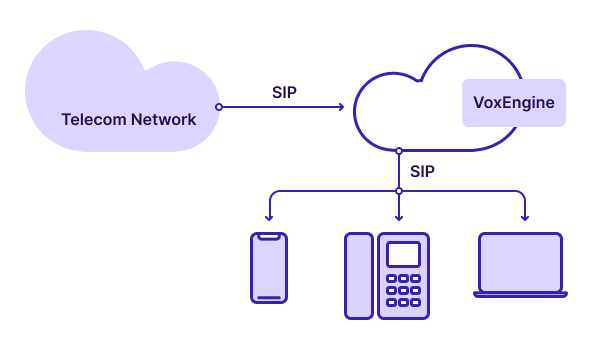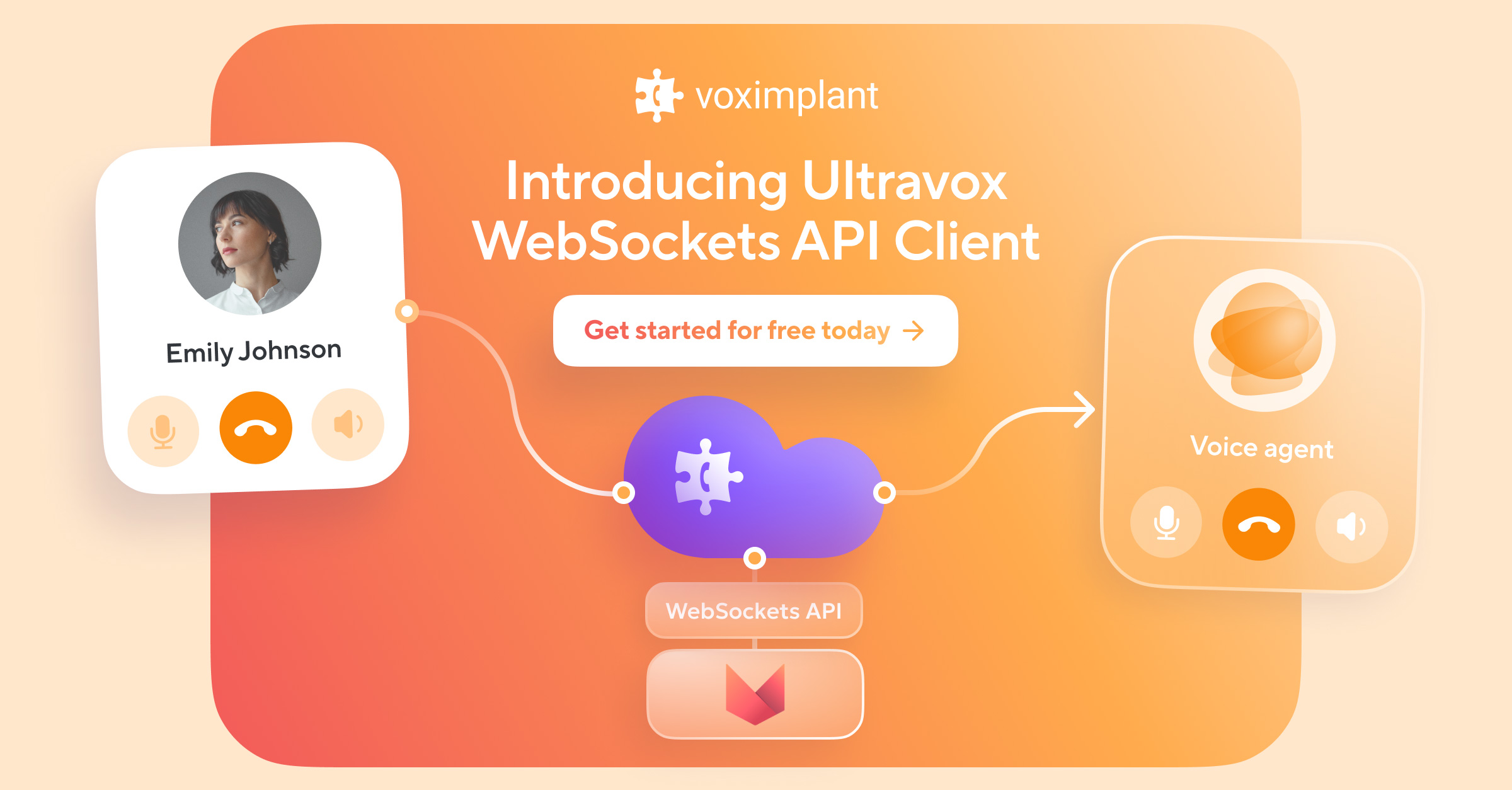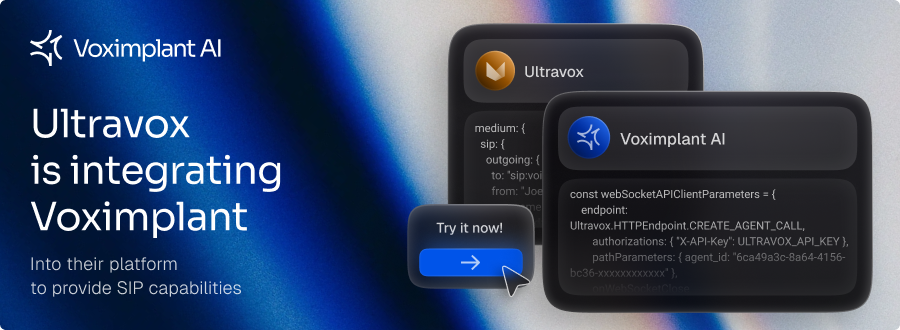Traditionally, companies have used a direct inward dialing service to route calls through an on-premises PBX directly to the internal phone number of an employee. It allows the company to use one physical trunk line to connect multiple employees.
Direct Inward Dialing, or DID, is a service offered by a local exchange carrier (LEC) that allows a PBX to route calls directly to extensions. It eliminates a voice menu or IVR and enables callers to directly reach a specific employee. A telephone number that is used for direct inward dialing is also called a DID.
From On-Premise to Cloud
Until the late twentieth century, phone lines were expensive. Businesses deployed private branch exchange (PBX) telephone systems on-premises to optimize their utilization.
Instead of purchasing phone lines for every employee, businesses would just get one number for the office. Every employee would be assigned a private extension. A caller would dial the office number, wait for a prompt from the PBX, and then dial an extension number to get to the right employee.
When DID service was introduced, companies could assign their employees their own unique phone numbers instead of sharing a company number. Calls could be routed over shared trunk lines connecting the PBX with the local exchange carrier (LEC) central office.
Businesses purchase a block of phone numbers from a LEC along with the DID service. On inbound calls, the service uses signaling to deliver the last four digits of the dialed number to the PBX. It enables the PBX to route the call to the proper extension.
Today PBXs have moved to the cloud or become a function of CPaaS platforms like Voximplant. The term ‘DID’ doesn’t mean as much as it used to. Each phone number purchased on the Voximplant platform can turn into a DID with a few lines of code.
How does Voximplant Leverage DIDs?
With the Voximplant platform, you can implement DID-like functionality and route callers directly to any user including non-PSTN endpoints.
A traditional phone-to-phone is split into ‘two legs’: from the first phone to the Voximplant cloud and then to the second endpoint. The audio streams are connected via cloud-based JavaScript code. Here’s how calls go through the Voximplant cloud.

See our documentation to find out how to call PSTN and SIP endpoints.





